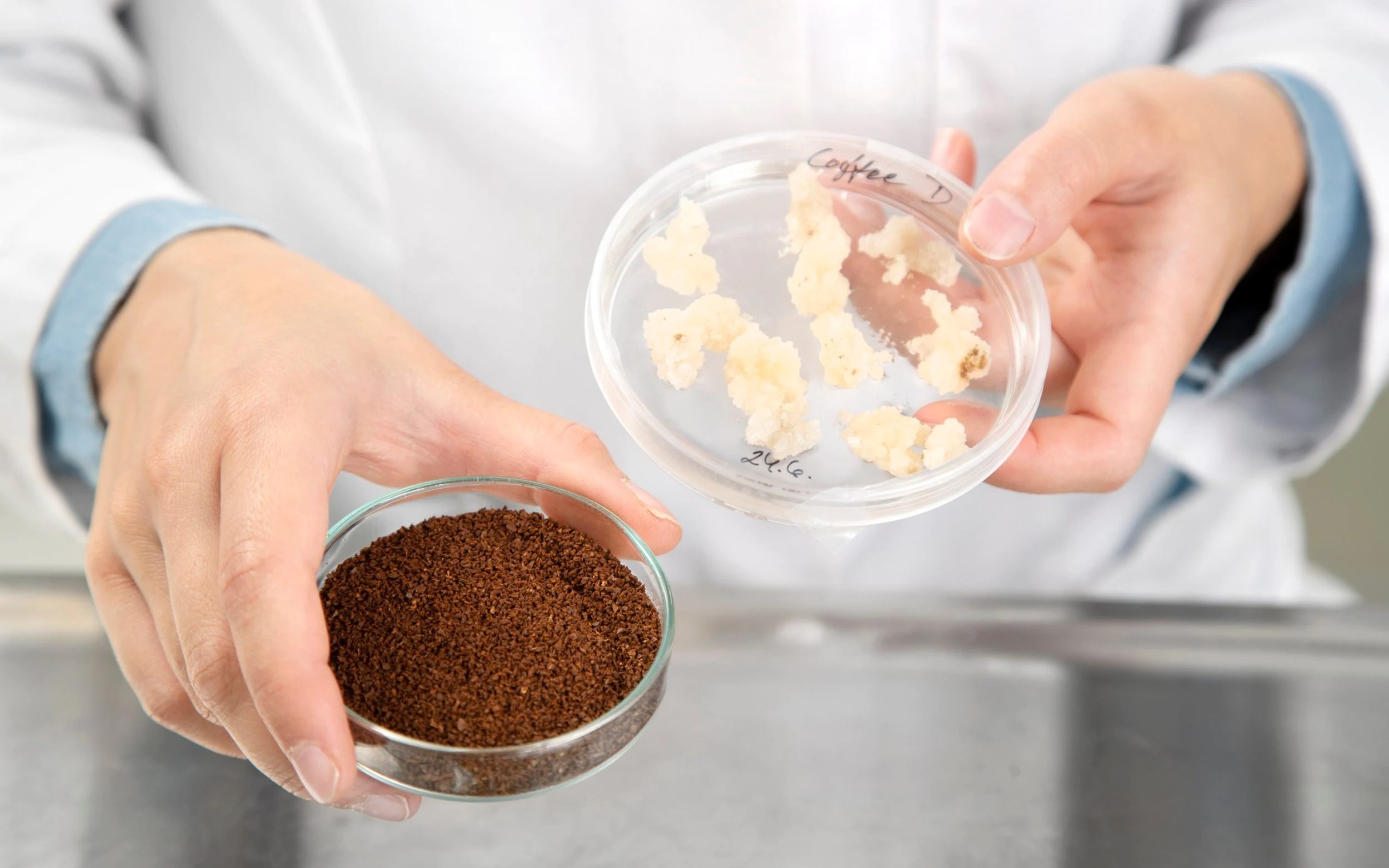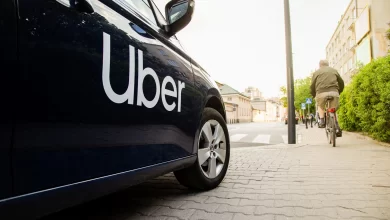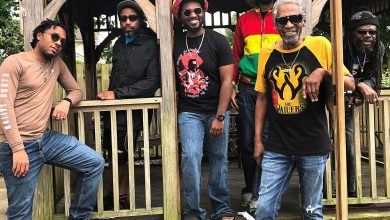Scientists create first-ever genetically engineered coffee
علماء يبتكرون أول قهوة معدلة وراثيا
dailymail
Scientists have created the first lab-grown, genetically engineered coffee, which they claim ‘smells and tastes like the real thing’.
The researchers, based in Finland, used a process called cellular agriculture – which involves extracting cells from a small plant or animal sample.
It has already been used to create artificial meat and milk.
In the latest example of lab-grown alternatives, cell samples were taken from Arabica, a popular coffee plant that accounts for 56 per cent of global production.
Cell samples were then transferred to bioreactors to produce biomass, which was harvested for roasting and brewing.
With lab-grown coffee, the researchers claim they can tackle sustainability issues facing the global coffee industry, such as a need for clearing space for coffee plants to keep up with an insatiable demand for the drink worldwide.
The research is being conducted at VTT Technical Research Centre, based in Espoo, Finland – the country that drinks the most coffee per capita.
‘The process uses real coffee plant cells,’ Dr Heiko Rischer, head of plant biotechnology at Finland’s VTT research institute, told New Atlas.
‘Initially a cell culture is started from a plant part – eg. a leaf. The formed cells are propagated and multiplied on a specific nutrient medium.
‘Ultimately, the cells are transferred to a bioreactor from which the biomass is then harvested. The cells are dried and roasted and then coffee can be brewed.’
The first batches produced by VTT in their laboratory smell and taste like conventional coffee, according to the results of a ‘sensory analysis’.
After drinking a cup, Dr Rischer said ‘there is a surprisingly full aroma’.
‘In terms of smell and taste, our trained sensory panel and analytical examination found the profile of the brew to bear similarity to ordinary coffee,’ he said. ‘The experience of drinking the very first cup was exciting.’
VTT’s production process is based on existing and established technology such as the operation of conventional bioreactors.
What’s more, the idea that coffee cells could be used to make coffee was presented back in 1974 by plant scientist P.M. Townsley.
But the VTT scientists have put the theory into practice with their lab-grown brew, which they think could hit the market by 2025.
‘I estimate we are only four years away from ramping up production and having regulatory approval in place,’ Dr Rischer said.
Regulatory approval and introduction to the market are hurdles before lab-grown coffee can become a commercial product, he added.
Currently all coffee material produced in laboratory conditions represents experimental food and would require regulatory approval by the Food and Drug Administration (FDA) to be marketed and sold to US consumers.
In Europe, the lab-grown coffee should first be approved as ‘Novel Food’ before being marketed.
Lab-grown coffee can help to make the production of coffee more sustainable, avoiding issues such as deforestation.
Due to the high demand for coffee worldwide, more land is needed to produce enough coffee beans, leading to deforestation – particularly in sensitive rainforest areas.
Deforestation – the permanent removal of trees – is a major environmental issue, causing destruction of forest habitat and the loss of biological diversity.
Along with chocolate, beef and pal oil-based products, coffee consumption in the western diet is responsible for the loss of four trees per year, according to a study published earlier this year.
قنا
هلسنكي: ابتكر علماء أول قهوة معدلة وراثيا جرى إعدادها في المختبر، ويزعمون أنها تتميز بـ”نكهة ومذاق تشبه القهوة الحقيقية”.
استخدم الباحثون، المقيمون في فنلندا، عملية تسمى الزراعة الخلوية، والتي تتضمن استخراج الخلايا من عينة نباتية أو حيوانية صغيرة حيث أخذت عينات من الخلايا من إحدى مصانع القهوة الشهيرة التي تمثل 56 بالمائة من الإنتاج العالمي، ونقلت عينات الخلايا إلى المفاعلات الحيوية لإنتاج الكتلة الحيوية، والتي جرى حصادها من أجل التحميص والتخمير.
وقال الدكتور هيكو ريشر رئيس التكنولوجيا الحيوية النباتية في معهد أبحاث /في تي تي/ الفنلندي، تستخدم خلايا نباتات البن الحقيقية حيث يتم بدء زراعة الخلايا من جزء نباتي، ثم تنقل الخلايا إلى مفاعل حيوي، وبعد ذلك يجري حصاد الكتلة الحيوية منه، مع تجفيف الخلايا وتحميصها، ومن ثم يمكن تحضير القهوة.
وتبين أن الدفعات الأولى التي تنتجها /في تي تي/ في المختبر لها رائحة وطعم مثل القهوة التقليدية، وفقا لنتائج “التحليل الحسي”.. وتعتمد عملية الإنتاج على التكنولوجيا الحالية والراسخة مثل تشغيل المفاعلات الحيوية التقليدية.
ولكن علماء /في تي تي/ وضعوا النظرية موضع التنفيذ باستخدام المشروب المصنع في المختبر، والذي يعتقدون أنه يمكن أن يصل إلى السوق بحلول عام 2025.. ويمكن أن تساعد القهوة المزروعة في المختبر في جعل إنتاج القهوة أكثر استدامة، وتجنب مشكلات مثل إزالة الغابات.




